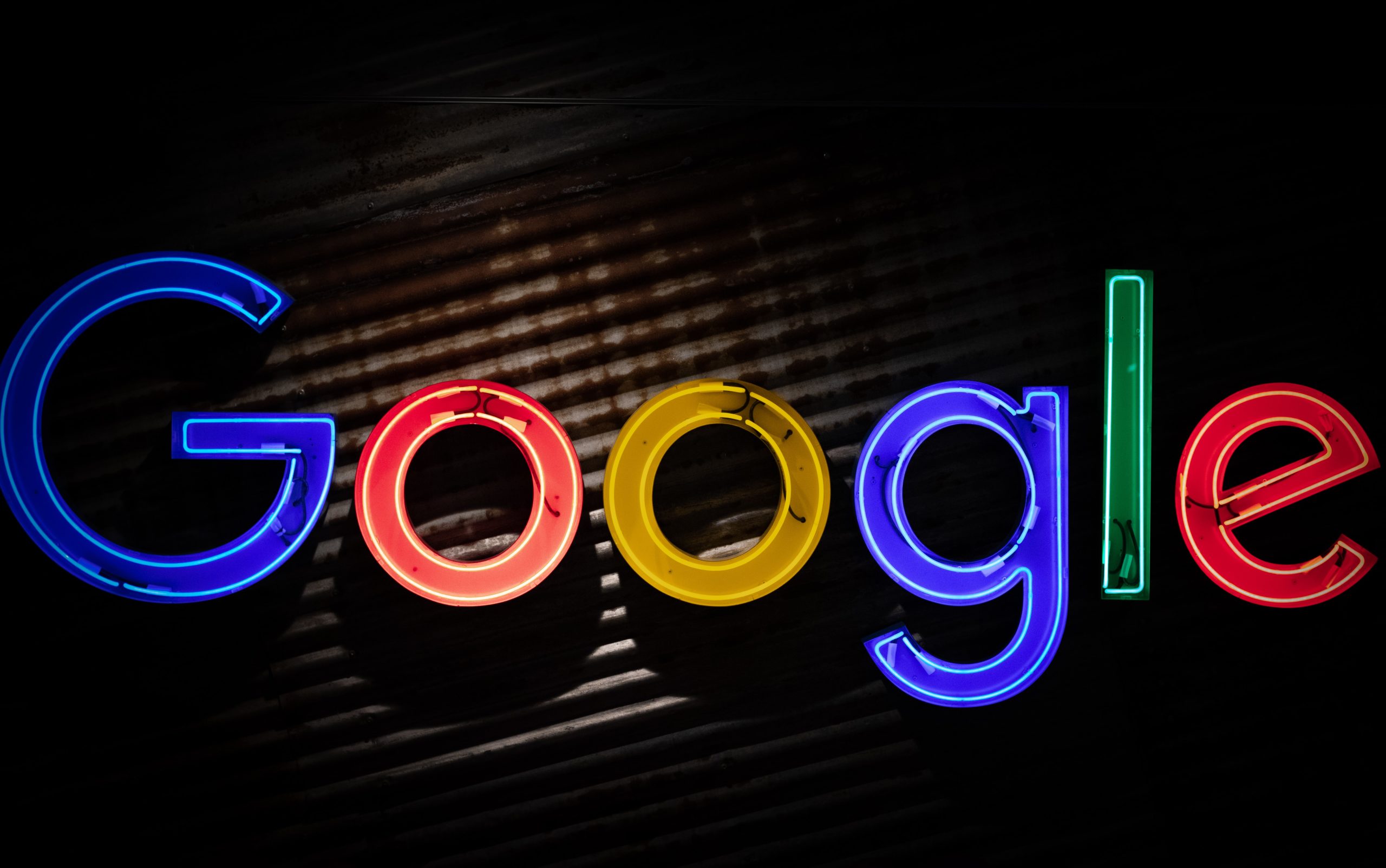Google continues to nudge businesses away from using third-party cookies to personalize ads and toward the management of first-party data. On March 11, Google announced some product developments intended to make it easier for publishers to use their first-party data programmatically for ad buys. Let’s take a closer look.
What Google Announced
Google is going to help publishers expand the use of Publisher Provided Identifiers (PPIDs) in Ad Manager to more programmatic campaign types, including the Open Auction. PPIDs are created from anonymized first-party data and then fed into Google Ad Manager by the publisher. PPIDs improving functions such as audience segmentation and frequency capping. Publishers will now be able to surface their first-party data programmatically for buyers — so long as they use Google as their intermediary.
As AdExchanger explains,
The PPID’s technical setup works like this: the publisher will create a unique ID for users, based on a first-party cookie or a log-in ID. Then it will put that ID into Google Ad Manager, and choose who it wants to share that data with. Google will hash that ID and pass it through to buyers.
Buyers won’t know that PPID 123 is a sports fan in an open auction. But as they observe the ID in bid requests, they may notice that the user ID goes to a sports site frequently, for example, and deduce that a buyer is a good fit for an ad campaign.
Google also said it is experimenting with functionality that will provide publishers with the option to share encrypted data directly with advertisers with whom they already have a direct relationship. Publishers will have full control over what data is collected, and who can receive the data. Google will not be able to read or decrypt the data. Ad Manager will only act as an intermediary on behalf of the publisher to pass the signals to the third-party bidders they choose.
What the News Means
The announcement is another sign of Google’s intention to bring about the demise of third-party cookies and push businesses toward using first-party data to personalize content. Over the past several months, Google has announced that it would stop supporting third-party cookies on its Chrome browser and that Google would reject alternatives to third-party cookie tracking. As an alternative, Google is developing alternatives to third-party cookie tracking in Google’s privacy sandbox. Tellingly, Google also noted in a March 3 blog post:
We will continue to support first-party relationships on our ad platforms for partners, in which they have direct connections with their own customers. And we’ll deepen our support for solutions that build on these direct relationships between consumers and the brands and publishers they engage with.
Google’s March 11 post now shows that Google is going to nudge publishers to use their first-party data more effectively.
What Advertisers Should Do
Flexibility and patience are key. Don’t assume targeting and personalization are dead. You can still use your own data to buy targeted ads on Google properties such as YouTube, Gmail, and Google Search – so long as you bring their first-party data into Google through the company’s existing Customer Match product. Customer Match takes information a consumer gave to a brand, such as an email address, and determines whether it matches data Google already has. If so, advertisers can work with Google to send an ad to that individual. Moreover, as we noted in a recent blog post, if you want to use your own data to serve up targeted ads outside Google’s walls, Google is developing its own cohort-based alternative to third-party cookies to help you do that. Stay tuned for more product developments.
Do consider tapping into your own first-party data more effectively to create ads (and True Interactive can help you do so). For example, collect more first-party data by using cookies to understand who visits your site; or run a promotion that collects email addresses. Collect purchase data if applicable to your site. Note that brands that have relationships with publishers can pass first-party data directly to those publishers, outside the Google environment, and still manage the buy inside Google’s automated ad-buying system Display & Video 360 (often called DV360). But the use of data and the ad buy will be supported by proposed methods that enhance privacy as discussed in Google’s March 11 blog post.
At True Interactive, we’re doing the heavy lifting to help our clients navigate these changes.
Contact True Interactive
To succeed with online advertising, contact True Interactive. Read about some of our client work here.
For more reading:
“Google Rejects Alternatives to Cookie Tracking: Advertiser Q&A.”
“Google to Stop Supporting Third-Party Cookies on Chrome: Advertiser Q&A.”
Photo by Mitchell Luo on Unsplash
